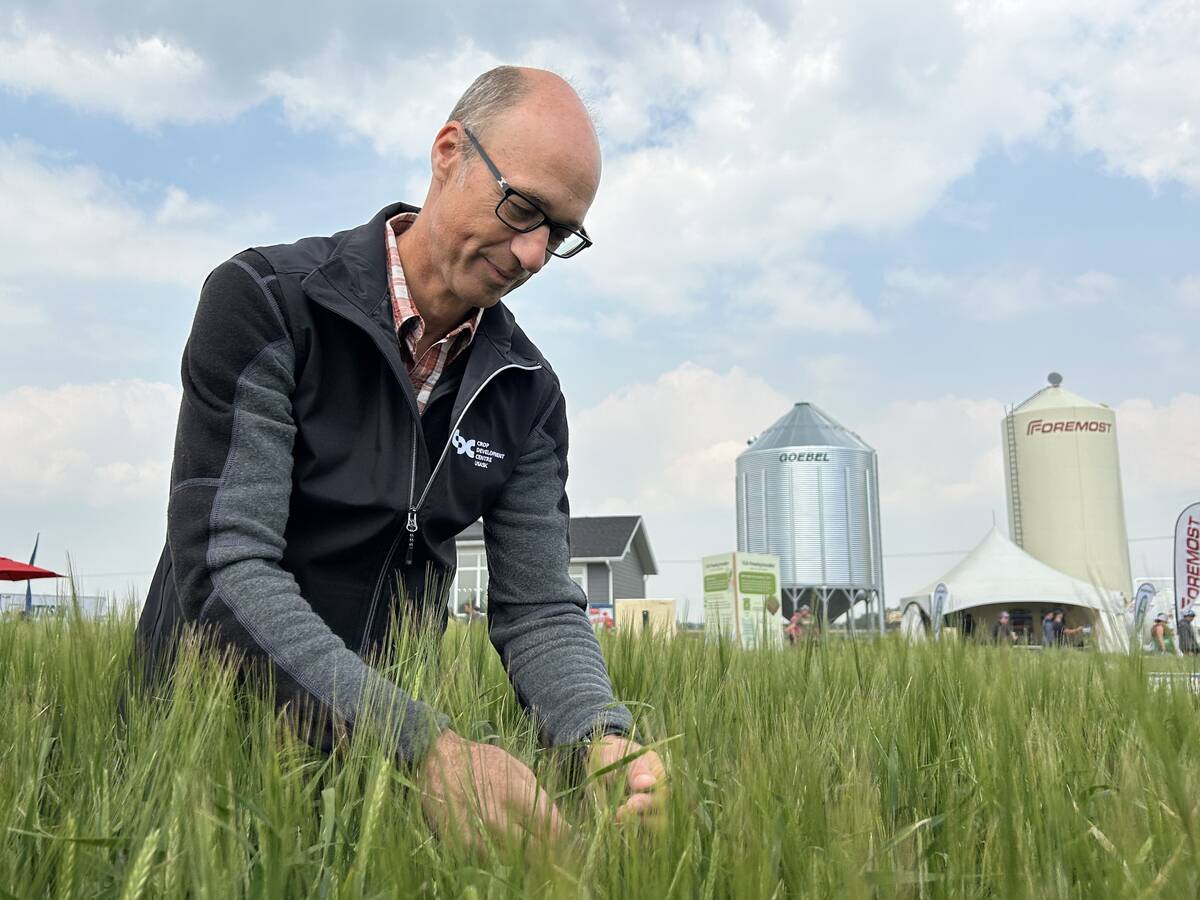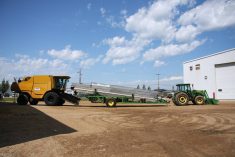SASKATOON – The first six months of the fiscal year have been kinder to United Grain Growers’ shareholders this year than last.
The company lost $4.5 million in the first half of 1995-96, a loss of 50 cents per share. That’s not great news, but it’s better than last year, when the first half produced a loss of $5.2 million, or 57 cents per share.
Despite the negative bottom line, chief executive officer Brian Hayward said there are lots of positive signs in the company’s performance.
“The key is that we are doing quite well on our grain side and picking up market share in a year when shipping overall is down.”
Read Also

Cereal drought tolerant ratings hard to compile
Cereals and most crops have ratings for disease resistance, yield potential, straw height and other traits, but not drought tolerance. Right now, that sort of information is anecdotal
While industry-wide grain shipments are down by 30 percent in the first half of the year, UGG’s tonnage is down just 19 percent. Similarly, while total deliveries by farmers to elevators are down by 16 percent, they are off just one percent at UGG.
Operating income from grain handling in the first six months was $10.9 million, more than double the $5.1 million earned during the same period last year. Losses in other sectors dragged total operating income down to $1.3 million, versus a 1995 loss of $2.7 million.
Hayward declined to predict what the company’s bottom line will look like by the end of the year, saying that will be determined in large part by how much money the company makes selling farm input products this spring, especially fertilizer.
“UGG is the grain operation and the input business,” he said. “The grain side is doing well and on the other half, the other shoe’s yet to drop.”
About 70 percent of the company’s crop input sales normally take place between April and June. This year’s late spring delayed the busy season. Sales of canola seed are expected to be down, while sales of fertilizer and chemicals are expected to be strong.
In its report to shareholders for the second quarter of 1995-96, the company says margins have improved on nonboard grains, which is particularly crucial because sales outside the Canadian Wheat Board made up a large part of the company’s grain volumes in the first half of the year.
Cash flow during the six months was 32 cents per share, compared with 14 cents during the same period last year.
Gross profit and revenue from services was 12 percent higher at $87 million, with grain handling providing $59 million, crop production services $13 million and livestock services $11 million.
Interest expenses were $8.7 million during the first half of the year, compared with $5.8 million, reflecting both higher rates and increased borrowing.
Capital investment during the first half of the year was $7.9 million, compared with more than $20 million during the same period last year.
Hayward said change in the grain handling and transportation sector bodes well for company prospects.
“UGG modernized its balance sheet before major competitors did and undertook to aggressively invest in the type of infrastructure that would be needed in a world of less regulation.”
















